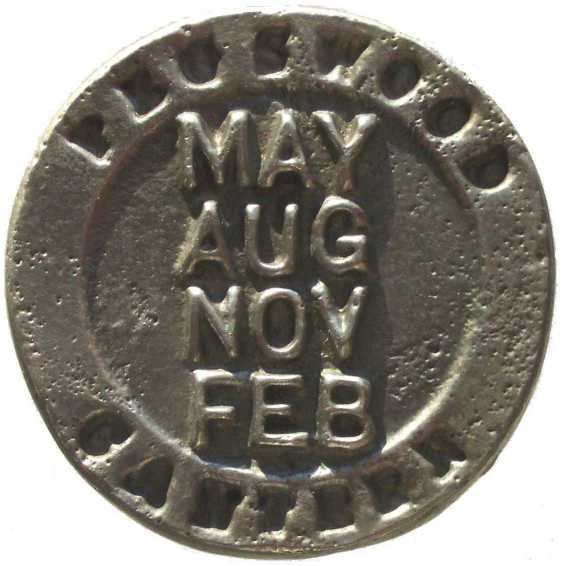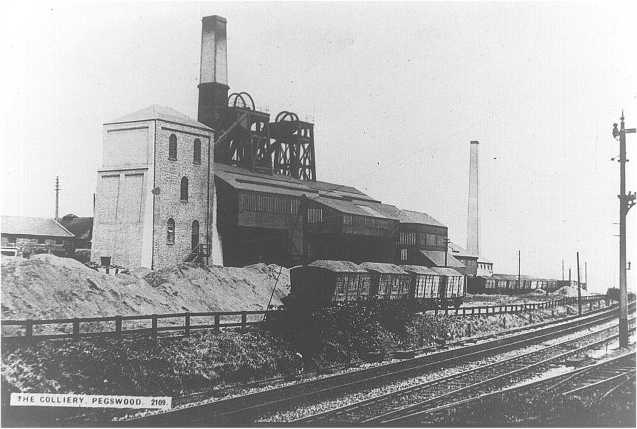
An unusual Canteen Token from Pegswood Colliery, Northumberland.

The token above was recently brought to my
attention by a fellow collector. It originated from a large hoard of cast
aluminium and zinc tokens from County Durham. Most of these were examples of
plain North East style tub tokens although there was an isolated example of a
generic NCB lamp token plus the above canteen token. All were part of a long
since forgotten manufacturer’s (J. Richardson & Son) remaindered stock that
was discovered during a house clearance in the village of Whitton Park in
2004. The tokens represented a wide range of the different types that were
manufactured by the company’s last proprietor, Wilfred Richardson, between the
late 1930s and 1950s or possibly a little later. Wilfred managed the business,
like his farther John before him, as a small cottage industry from a small
workshop at the rear of his home.
The token, which measures 39 mm diameter by 4 mm thick, was obviously made
with the intention of being used in some way in the pithead canteen at
Pegswood Colliery near Ashington, Northumberland. This is clear from its outer
legend, which reads PEGSWOOD CANTEEN. This pit closed in 1968 and in its final
year of operation employed 715 men and extracted coal from the Low Main, Yard,
Plessey, Bensham and Busty seams.

An early twentieth century postcard image of Pegswood Colliery, Northumberland.
It is difficult to tell if the token’s outer legend is die stamped or incusely
cast into its border as was common on many of this manufacturer’s earliest
known tub tokens. The inner legend is arranged in four lines of bold raised
lettering that reads MAY / AUG / NOV / FEB. This list obviously represents
abbreviated month names arranged in a sequence of quarterly year intervals.
Whether this canteen token was one of an issued series or not is unknown.
Certainly it plus the earlier mentioned lamp tokens produced by J. Richardson
& Son are unlike anything anyone has ever seen before. It is possible that
both these token types represent sales prototypes that were not received well
by the N.C.B. and hence never went into large scale production. However, it is
unlikely that such an odd canteen token design would have been made if it
weren’t to for fill the requested requirements of a specific order.
I suspect that the Pegswood canteen tokens date from the 1940’s to 1950s and
in all probability were made for the N.C.B. How they were used within the pit
canteen and what the significance may have been with regards to the stated
quarterly intervals is unknown to me.
I would be grateful to any ex-Pegswood Colliery employees or residents who can
help me solve any of the mysteries associated with the above tokens and their
precise method of use.